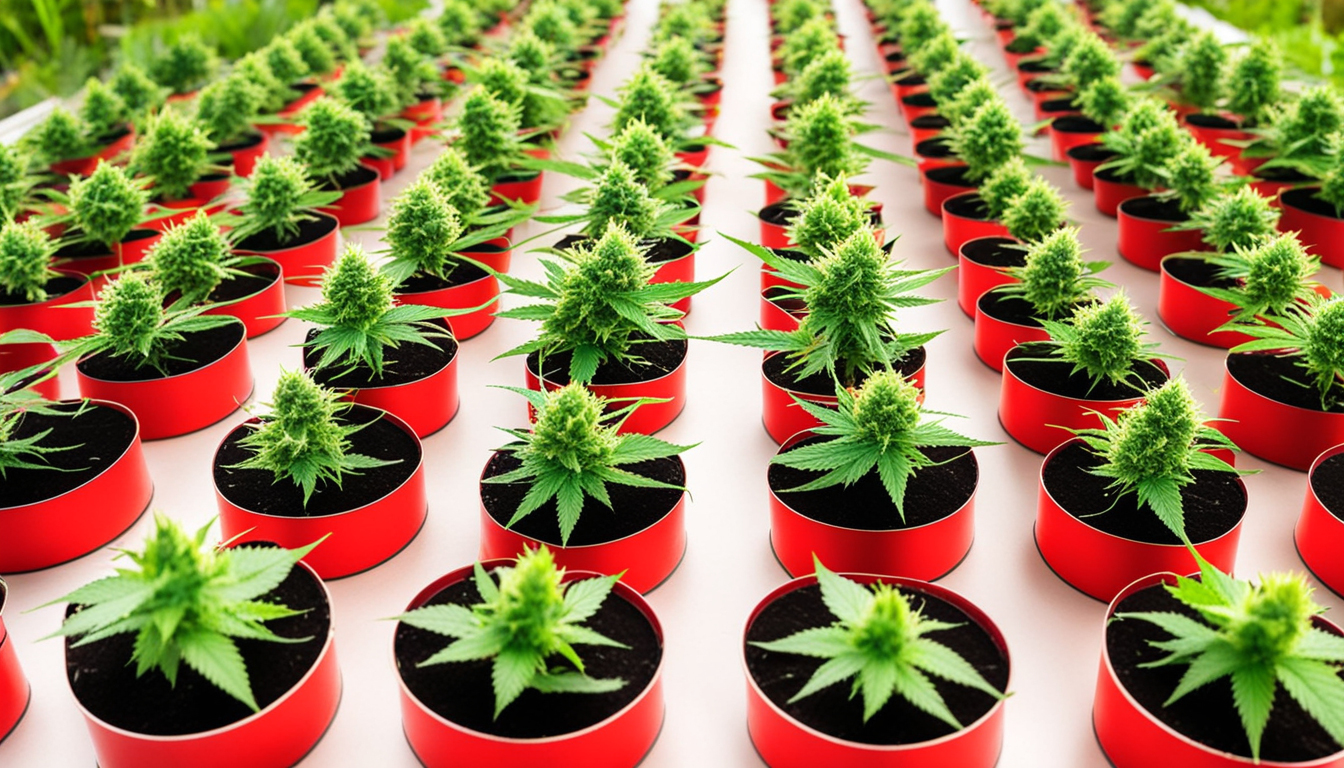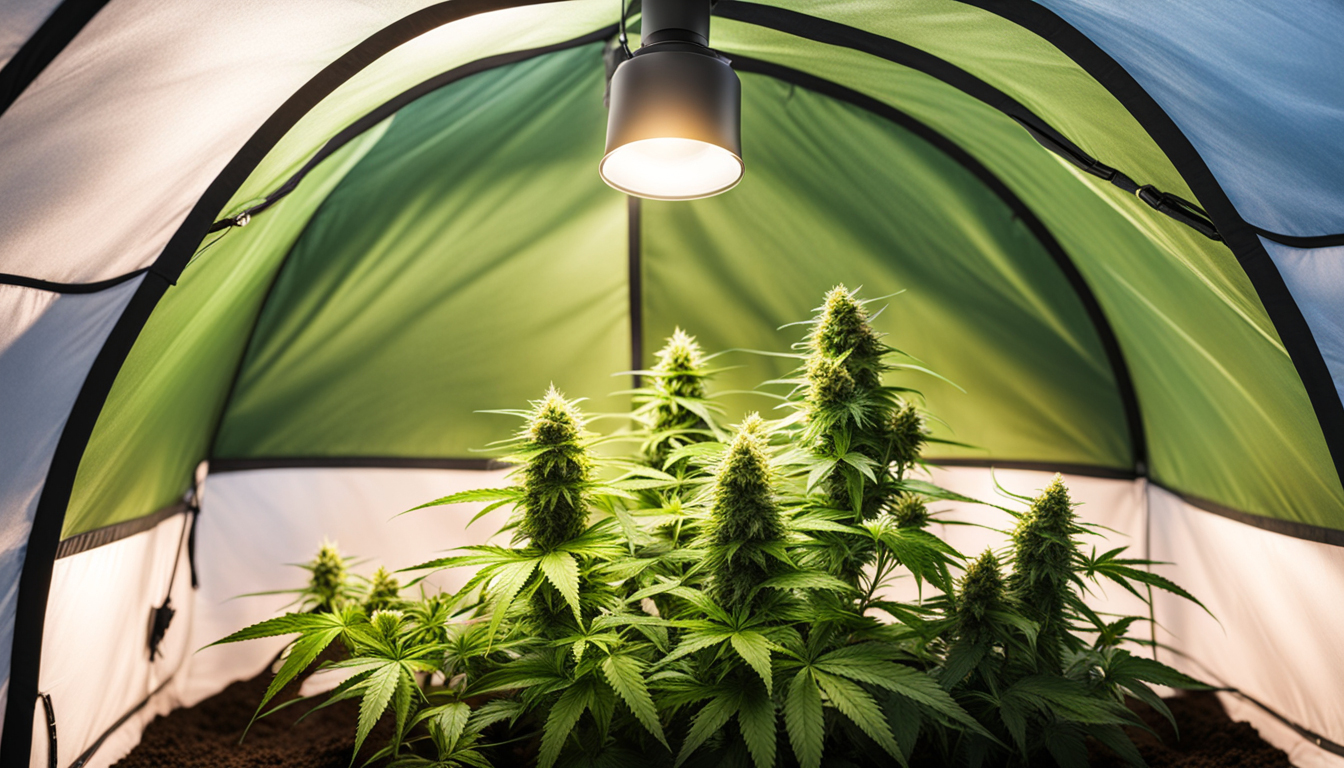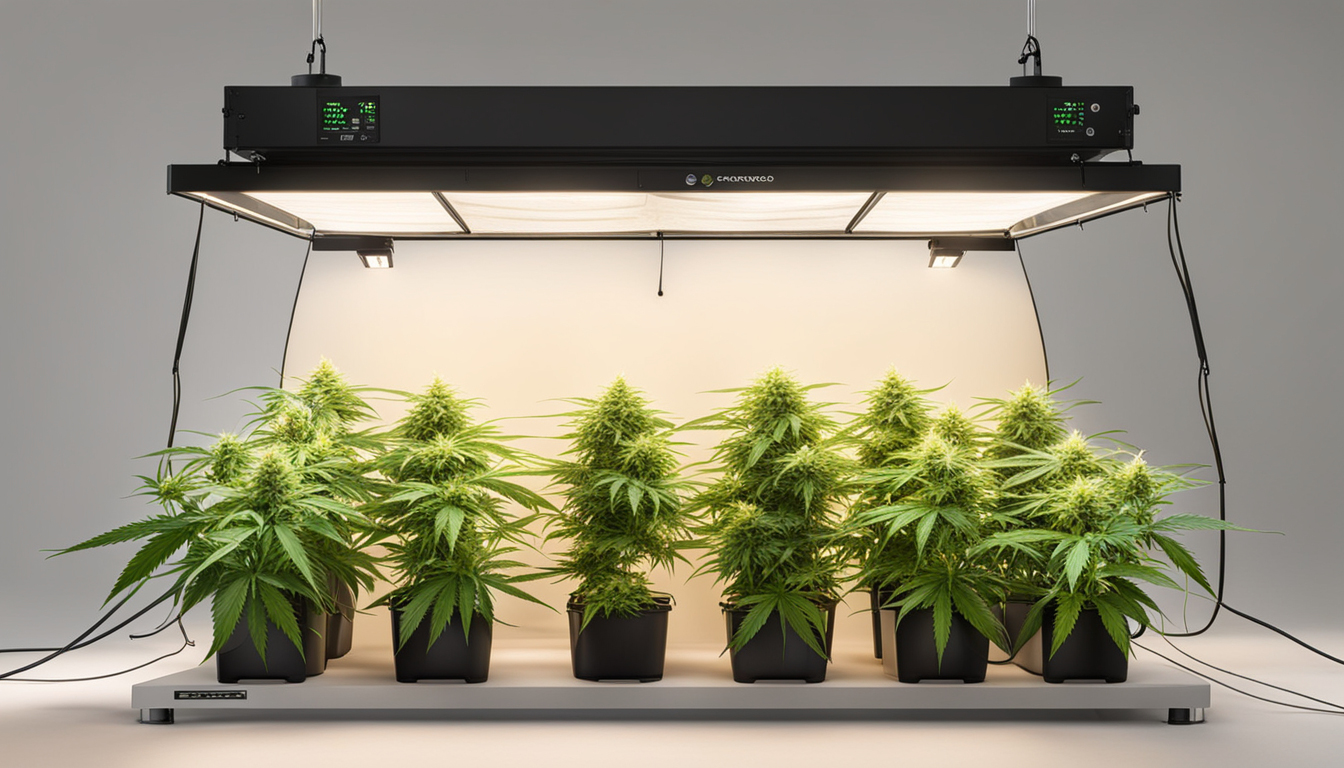
Whether you're new to weed production or looking to improve your existing harvest, following this complete guide will help you produce large, high-quality yields right at home. With the right equipment, methods, and attention, cultivating cannabis indoors can be an extremely rewarding and cost-effective endeavor.
Choosing Weed Varieties
The first step in planning your indoor crop is choosing the right pot strains to cultivate. The three main types of weed plants each have their own traits.
Energizing strains
Known for their uplifting mental effects, these strains spread tall and slender with narrow leaves. They flourish in tropical tropical climates and have a longer blooming time between 2.5-3 months indoors. Top sativa strains include Jack Herer, Durban Poison, Super Lemon Haze, and Jack Herer.
Relaxing strains
These strains provide calming body-focused effects and grow short and bushy with broad leaves. Adapted to cooler mountain climates, they flower faster within 2-2.25 months. Popular indica strains include Granddaddy Purple, Northern Lights, and Bubba Kush.
Hybrids
Hybrid strains blend traits from both sativas and indicas. They offer combined effects and have moderate flowering periods around 9-10 weeks. Well-known hybrids are OG Kush, Girl Scout Cookies, and Blue Dream.

Setting Up Your Cultivation Space
Weed plants need the right controlled environment to succeed. Key factors for indoor cultivations are lights, ventilation, layout, and finding the ideal discreet location.
Location
Choose an available space with direct access to irrigation and electrical outlets. An empty spare room, large closet, corner of the basement, or cultivation tent tucked away in a garage all make great stealthy grow room spots.
Lights
Marijuana requires strong light for all growth stages. LEDs are efficient and come in broad spectrum options replicating natural sunlight. Provide 15-25 watts per square foot for the growth stage and 400-600 watts per square foot for flowering.
Airflow
Proper ventilation and exhaust systems maintain ideal temp, moisture, and fresh CO2 levels. Install low-noise 4-6 inch fans or scrubbers to circulate stale air and eliminate smells.
Layout
Maximize your space by arranging plants carefully under the lamps and allowing room to access and work around them. Set up distinct zones for growth, flowering, drying, and propagation.

Growing Substrates
Marijuana can be cultivated in different substrates, each with benefits and cons. Pick a proper option for your particular setup and growing style.
Soil
The traditional medium, soil is cheap and simple for beginners. It provides excellent flavor but needs more watering and fertilizing to feed plants. Amend soil with vermiculite or coir to improve aeration.
Coco Coir
Made from coir, renewable coco coir retains water but still allows air to the roots. It's more sterile and more predictable than soil. Use coir-specific fertilizers to avoid accumulation.
Hydroponics
In hydro systems, plant roots develop directly in nutrient irrigation solution. This allows rapid development but needs close monitoring of solution chemistry. Deep water culture and irrigation systems are popular techniques.
Sprouting Seeds
Germination prepares your pot seeds to begin growing radicles. This prepares them for planting into their cultivation medium.
Towel Method
Place seeds between moist paper towel and keep them moist. Inspect after a week for emerging taproots showing sprouting is complete.
Direct Planting
Plant seeds right into pre-moistened cultivation medium 6mm deep. Gently water and wait 1-2 weeks until seedlings break through the surface.
Rockwool Cubes
Soak cubic rockwool starters in balanced water. Place seeds 6mm deep into the cubes. Keep cubes wet until seedlings emerge within a week to 2 weeks.
Repotting Young plants
Once sprouted, weed young plants need to be repotted to prevent overcrowding. Move them into proper sized pots.
Preparing Containers
Fill final pots with cultivation medium enriched with time-released nutrients. Allow containers to soak up water for 8-12 hours before repotting.
Carefully Transplanting
Gently separate seedling roots from sprouting medium using a spade. Put into pre-soaked pot at same depth as before and lightly water in.
Growth Stage
The growth stage encourages foliage and plant structure through 18-24 hours of daily light exposure. This stage usually lasts 1-2 months.
Using 3/4 to full day of Lighting
Use lamps on a 24 grow cannabis fuide daily schedule or natural sunlight to trigger constant photosynthesis. Light intensity influences size and node distance.
Nutrients
Use grow stage fertilizers higher in nitrogen. Make sure pH stays around 6.5 for proper nutrient absorption. Fertilize 25-50% concentration after 14 days and strengthen slowly.
LST and topping
Fimming, LST, and trellising direct shoot shapes for flat foliage. This boosts yields.

Bloom Stage
The flowering stage grows buds as plants reveal their sex under a 12 hour cycle schedule. It lasts 8-12 weeks based on variety.
Switching to 12/12
Switch grow lights to 12/12 or place outdoors for natural 12/12 timing. This triggers plants to begin flowering.
Stop Fertilizing
Leaching flushes out nutrient salts to improve flavor. Feed weakly the first weeks then just use pH'd water the last 2 weeks.
Flushing
Maintain 12/12 light timing but flush using neutral pH water only. Return to plain watering if buds aren't ripe after two weeks.
Harvesting
Knowing when pot is completely mature ensures maximum potency and aroma. Cut down plants at peak ripeness.
Signs of readiness
Look for swollen calyxes, faded pistils, and 5-15% amber trichomes. Check buds around the plant as they don't all ripen evenly.
Harvesting plants
Use clean, sharp pruning shears to carefully slice each plant at the base. Leave 5-10cm of stalk attached.
Drying
Suspend intact plants or branches inverted in a dark room with average temp and humidity around 45-65% for 7-14 days.
Curing
Aging continues desiccating while improving the buds like fine wine. This technique smooths bitterness and intensifies cannabinoid contents.
Jars and Humidity
Manicure dried buds from stems and store into sealed containers, filling about 75% capacity. Use a hygrometer to monitor jar moisture.
Burping Daily
Open containers for a few hours each day to slowly reduce humidity. Rehydrate buds if humidity goes under 55%.
Final Cure
After 14-21 days when humidity levels off around 55-65%, perform a last trim and keep long-term in airtight jars.
Common Problems and Solutions
Even seasoned cultivators run into various marijuana plant problems. Identify problems early cannabisgrowguide.net and fix them properly to maintain a strong garden.
Nutrient Deficiencies
Chlorosis often signify insufficient nitrogen. Anthocyanins and leaves show low phosphorus. Check pH and boost nutrients slowly.
Pests
Thrips, aphids, fungus gnats, thrips, and root aphids are frequent weed pests. Use organic sprays, ladybugs, and yellow traps for natural control.
Mold
Excessive moisture encourages powdery mildew and root rot. Improve circulation and circulation while Learn More lowering RH below 50% during bloom.

Conclusion
With this complete indoor pot growing guide, you now have the knowledge to grow bountiful strong buds for private harvests. Follow these techniques and methods during the seed starting, vegetative, and flowering stages. Spend in good gear and carefully monitor your plants. In time, you'll be rewarded with sticky fragrant buds you grew yourself under the patient guidance of your green hands. Good luck cultivating!